#europe renaissance
Text




An early Basket-hilted Broadsword,
OaL: 42.5 in/107.9 cm
Blade Length: 36.5 in/92.7 cm
Width: 5.75 in/14.6 cm
Depth: 4.25 in/10.8 cm
Weight: 3 lbs/1360.8 g
Potsdam, Germany, hilt ca. 1540, blade 17th century, housed at the Metropolitan Museum of Art.
#weapons#sword#broadsword#basket hilt#europe#european#germany#german#potsdam#hre#holy roman empire#renaissance#early modern#themet#metmuseum#art#history
736 notes
·
View notes
Text

Siedlimowice Palace, Poland by smalltownsglory
#siedlimowice#palace#ruins#poland#travel#europe#16th century#nature#neo renaissance#reclaimed by nature#dark academia#dolnośląskie#naturecore#fairycore#curators on tumblr#greenery#architecture#traveling#explore#road trip
2K notes
·
View notes
Text
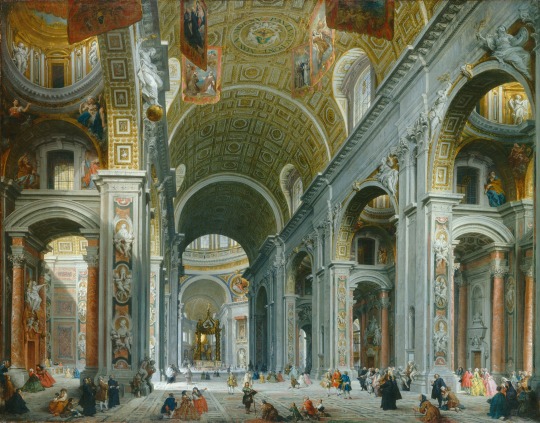
Interior of Saint Peter's, Rome by Giovanni Paolo Panini
#giovanni paolo panini#art#st peter's#saint peter's#interior#architecture#st peter's basilica#rome#vatican#vatican city#christianity#christian#christendom#europe#european#history#renaissance#baroque#cathedral#cathedrals#religion#religious
516 notes
·
View notes
Text

Jean Fouquet (French, c.1420-1481)
Virgin surrounded by seraphim and cherubim, Melun Diptych (right panel), ca.1455
Royal Museum of Fine Arts Antwerp
#Jean Fouquet#french art#french#france#virgin surrounded by seraphim and cherubim#melun diptych#1455#1400s#medieval#renaissance#art#fine art#european art#classical art#europe#european#fine arts#oil painting#europa#mediterranean#christian art#christian#christianity#christentum#catholic#catholic art#catholicism#western civilization#culture#artwork
255 notes
·
View notes
Text

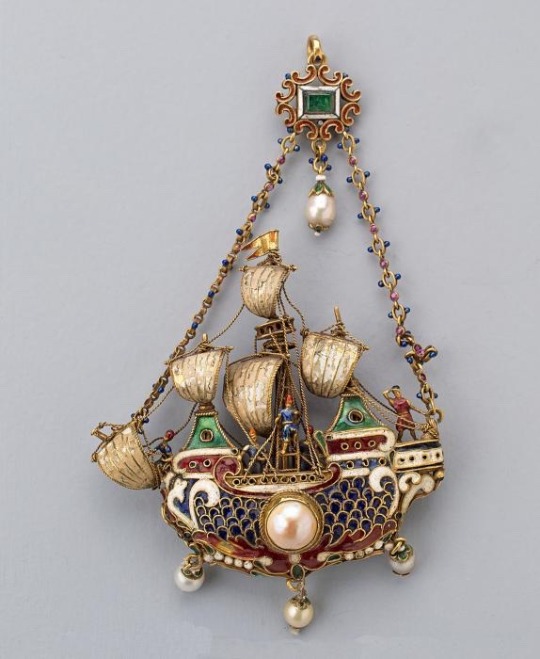
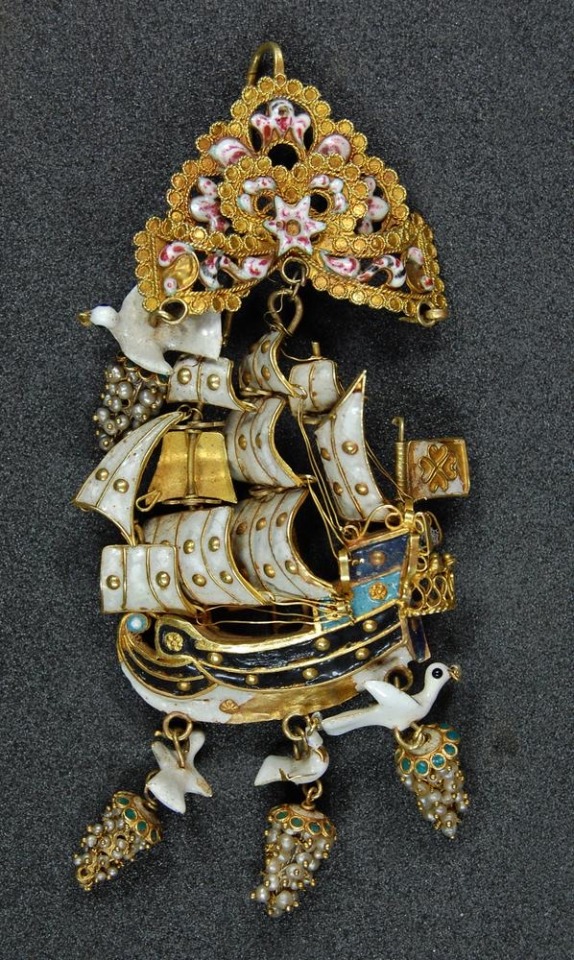
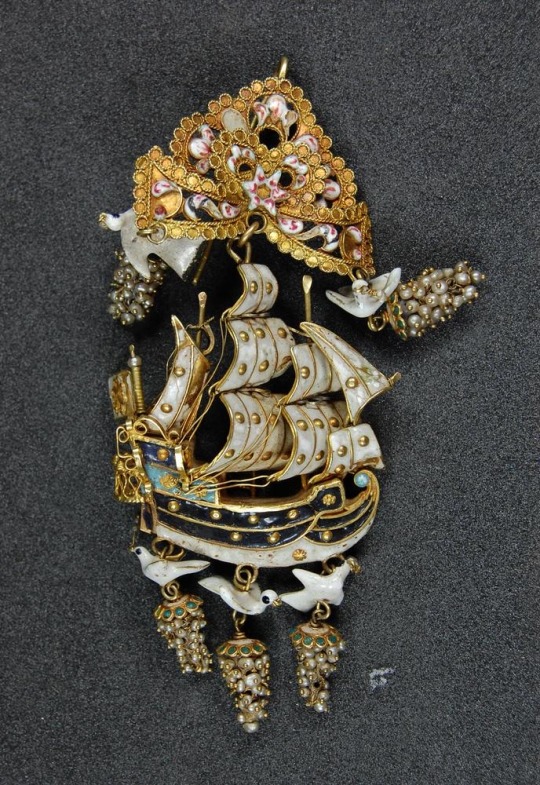
Renaissance era ship jewlery: pendants and a set of earrings (from the British Museum's digital collection and "Renaissance Jewelry in the Alsdorf Collection," The Art Institute of Chicago, 2000, accessed via the Internet Archive)
#renaissance#nautical#maritime#ship#ships#piratecore#ren#renaissance era#jewelry#jewellry#jewelry history#antique jewelry#applied arts#europe#greek#british museum#art institute of chicago#history#fashion history#fashion#style#cool#sculpture#art#enamel#boats#ocean#beachlife#pirate#17th century
362 notes
·
View notes
Note

One Unholy Assassin has to kill someone every tenday per Bhaal’s tenets. So 125 is the bare MINIMUM before you factor in however many other Unholy Assassins in the city. THEN REGULAR CRIME
LMAOOO I DIDNT EVEN THINK OF THAT. that brings us to:

#bg3#hello world#did some cursory googling abt renaissance europe murder rates. 70 might be a bit high still
453 notes
·
View notes
Text


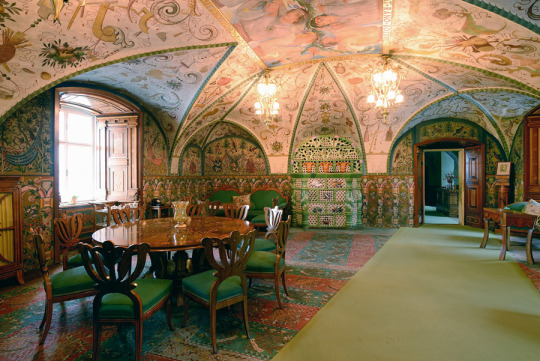
Zámek v Novém Městě nad Metují is a castle in Nové Město nad Metují (roughly translated as New Town on the Metuja river), Czech Republic. It was built in the 16th century and has gone through many renevations. The most notable one was executed according to the plans of Dušan Jurkovič in 1909-1913 for the new owners. He also designed the original castle garden with a wooden covered bridge. In the 1920s and 1930s, some rooms were furnished in Art Deco and Functionalist styles under the supervision of architect Pavel Janák.
#art#photography#castle#czech republic#europe#design#bridge#interiors#interior design#architecture#building#art deco#renaissance#baroque#history#fairycore
70 notes
·
View notes
Text
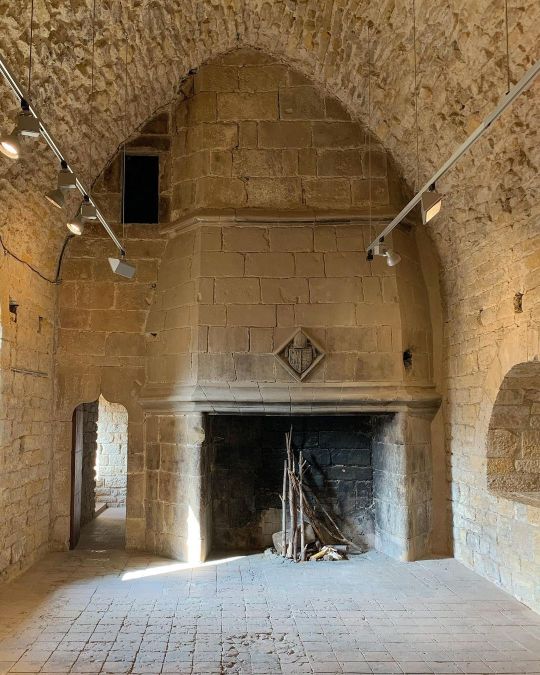
Kitchen in the castle-palace of the Girona Bishops in La Bisbal de l'Empordà (Comarques Gironines, Catalonia).
This castle-palace is a beautiful example of civilian Medieval architecture. It was built in the 12th century, with additions in the 16th and 17th centuries. In this kitchen, you can see the Renaissance fireplace.
Photo by medievalismes on Instagram and Tiktok.
#la bisbal de l'empordà#catalunya#fotografia#arquitectura#medieval#middle ages#renaissance#kitchen#palace#castle#catalonia#europe#travel#travel photography#historical places#historical#dark academia#wanderlust
153 notes
·
View notes
Text


Gardens of the "Clos Lucé", the residence of Leonardo Da Vinci in Amboise, France (📷 mine)
#photo#green#nature#mine#france#garden#nature core#fairy aesthetic#fairycore#cottagecore#cottage aesthetic#cozy cottage#countryside#leonardo da vinci#europe#naturecore#pond#water#grass#lake#forest#trees#river#renaissance#my photo#my photography#my post#my photos
44 notes
·
View notes
Text

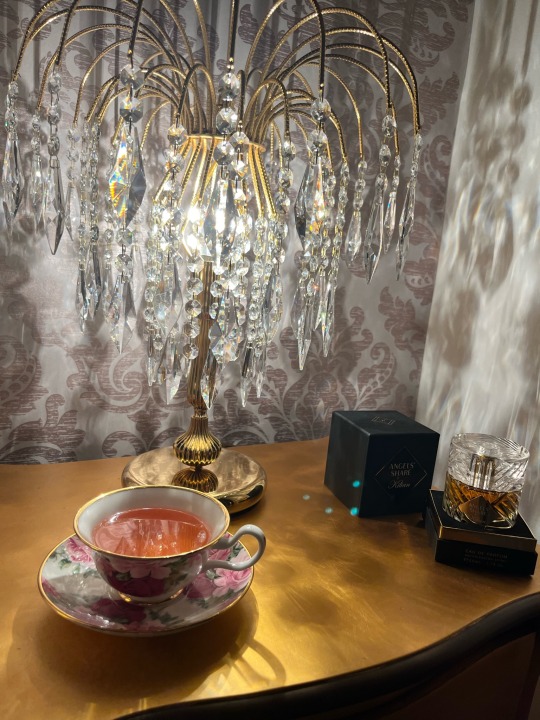


#soft girl era#soft girl aesthetic#pinterest girl#soft aesthetic#soft girl#soft life#feminine energy#feminine style#luxury aesthetic#luxury lifestyle#luxury#classical aesthetic#dark academia#light acadamia aesthetic#light academia#girly aesthetic#girly stuff#girl therapy#europe#renaissance#Rome#fine art#museum#coquette
59 notes
·
View notes
Text
On one level the book is about the life of a woman who is hardly more than a token in a great epic poem, on another it’s about how history and context shape how we are seen, and the brief moment there is to act between the inescapable past and the unknowable future.
Perhaps to write Lavinia Le Guin had to live long enough to see her own early books read in a different context from the one where they were written, and to think about what that means.
-Jo Walton
#thinking of how her last four novels between 2004 and 2008 show a progressive blossoming of interest in classical literary traditions#following nearly half a century's worth of a career where she seems to actively avoid the influence of classical or medieval europe#idk. but i think this explains annals of the western shore as much as lavinia.#she gets so interested in what it means to share the same stories across space and time (and class and gender and nationality)#to be united in a community by having the same poetry#and in such an obvious way thinking about classics as a discipline is an incredible way to work through that#and i do think its an interest that must come out of having witnessed her own work unite people in community across time#if you're talking about the way stories and poems bring people together across time...#i read the texts passed on to me by renaissance humanists and 19th century philologists and byzantine monks and late antique scribes...#and they're the same across time and space but they're also not#and to have seen her own work reach people across space and time and be the same but also not... that must have been incredible#so: did living long enough to see her own early books read in a different context and to think about what that means#drive her to think about classical literature as she clearly was for the better part of a decade?#mine#reception#anyway i gotta think about this and email [redacted] tomorrow
74 notes
·
View notes
Text


A large Cuirassier's Armor, rough from the hammer, made for Duke Jakob Hannibal von Hohenems, South Germany, ca. 1580, housed at the Kunsthistorischesmusuem, Vienna.
#armor#armour#cuirassier#europe#european#germany#german#hre#holy roman empire#renaissance#khm#vienna#art#history
448 notes
·
View notes
Text



Krasiczyn Castle, Poland by Joanna Maźnik
#krasiczyn#castle#poland#europe#wanderlust#travel#fairy castle#castles#fairycore#renaissance#mannerism#szlachta#architecture#17th century#traveling#royal#nobility#white castle#explore#softcore#podkarpackie#podkarpacie
118 notes
·
View notes
Text

Landsknecht by Léo Schnug
#léo schnug#landsknecht#lansquenet#art#history#alsace#strasbourg#halberd#europe#european#lansquenets#landsknechts#renaissance#mercenary#mercenaries#soldier#soldiers#german#germanic#pike and shot#pikemen#middle ages
418 notes
·
View notes
Text
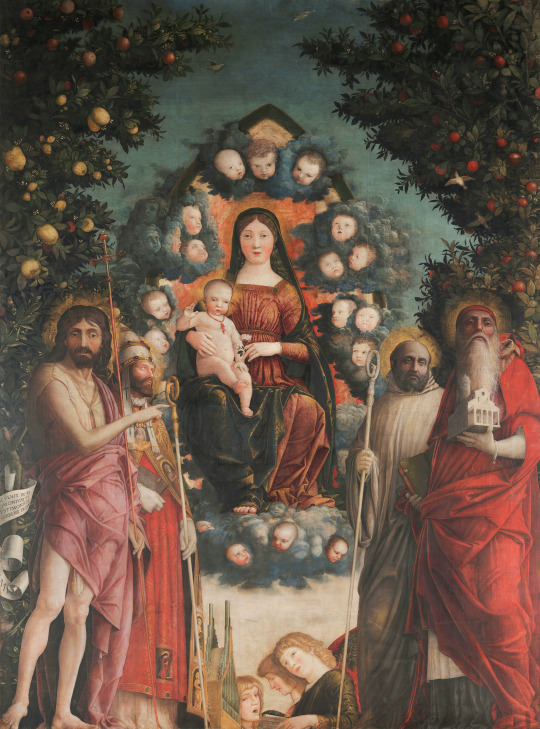
Andrea Mantegna (Italian, 1431-1506)
Trivulzio Madonna, 1497
Pinacoteca del Castello Sforzesco
#renaissance#andrea mantegna#italian art#italian#italy#1400s#art#fine art#european art#classical art#europe#european#oil painting#fine arts#europa#mediterranean#southern europe#trivulzio madonna#Madonna in glory#Saint Gregory the Great#Saint Benedict#Saint Jerome#Saint John the Baptist#christmas#christian art#christian#christianity#christentum
321 notes
·
View notes
Text
A Realm Divided






























In the months following Margaery’s passing, the winds of change swept through the realm. A ship from Tartosa arrived, sent to retrieve Empress Mary and Princess Augusta and bring them back to their homeland. As the day of departure drew near, the quay of Windenburg Harbor became a hub of activity, with crowds of people gathering to bid farewell. Servants bustled about, preparing the cargo for the voyage, while the air was thick with a mix of melancholy and anticipation.
Augusta, poised on the brink of departure, offered a soft smile, her eyes reflecting a hint of nostalgia. “Windenburg will always be a part of me. But my path leads elsewhere now,” she said, her voice laced with both resolve and a touch of sadness.
King Edward, his gaze burdened with concern, responded, “I worry about what lies ahead. This kingdom, this land, is ever on the brink of something unexpected.”
Augusta met his eyes, her tone gentle but firm. “You’ve always been cautious, Edward. It’s why you’re a good king. But remember, you can’t control everything. Sometimes, you have to let the tide carry you where it will.”
Edward nodded thoughtfully, the weight of her words sinking in. “I know. It’s just that with you gone, it feels like one more anchor is being lifted. Mary… she will need you in Tartosa. But I’ll miss having you near.”
Augusta reached out, her voice filled with affection. “And I will miss you, brother. But you’re stronger than you give yourself credit for. Windenburg is in good hands.”
As the final words hung in the air, King Edward and Augusta embraced, the weight of their shared past and uncertain futures pressing close. Edward felt a pang of longing, but he was comforted by the warmth of his sister’s presence.
“We’ll meet again one day, won’t we?” Edward whispered, his voice tinged with both hope and reluctance.
Augusta smiled against his shoulder, holding him just a bit tighter. “Of course we will,” she replied softly, her words a quiet promise. “Nothing will keep us apart for long.”
In that moment, the world outside their embrace faded away, leaving only the solace they found in each other’s presence. As Augusta held her brother close, her smile lingered, a small yet unwavering beacon of the bond they would always share, no matter the distance.
Edward, Cordelia, and Prince Alvin stood on the beach, watching as the ship bearing Augusta and Mary slipped further from the shore. The vessel’s departure was more than just a farewell; it was a stark reminder of Edward’s pressing need to marry. With Augusta and Mary departing for Tartosa and Margaery now resting under Westsimster Abbey, his household had shrunk dramatically. The emptiness of the beach mirrored the hollow space left in his life, and Edward's thoughts turned grimly to the future. The necessity of finding a new companion to fill the void left by those he had lost weighed heavily on his mind.
As the years moved forward, Windenburg flourished under King Edward’s reign. The kingdom enjoyed a rare period of peace and prosperity, bolstered by strong alliances with Tartosa and Bagley. Edward’s reign saw a golden age of construction and growth. The city's skyline, once sparse, now boasted a profusion of buildings, homes, and churches, thanks to the kingdom’s immense wealth. Taxes were lowered, bringing contentment to the populace, who reveled in the stability and progress of their land.
The alliance with Bagley was fortified by mutual interests, and when Bagley Castle burned down in 1353, Edward generously supported the construction of Bagley Hall. The new royal residence was a marvel of architecture, surpassing its predecessor in grandeur and functionality. Within its walls, King Edward and King Henry of Bagley sealed their alliance with a treaty, their handshake marking the pact with both ceremony and finality.
Yet, as prosperity reigned throughout most of Windenburg, shadows loomed over Britechester Castle. In the spring of 1356, the death of Benedict, Duke of Britechester, cast a pall over the court. Princess Jane, now widowed for the second time, mourned her loss while preparing to face a new chapter. As the Chaplain’s prayers echoed through the halls, Benedict and Jane’s eldest son Richard, at just sixteen, grappled with the daunting responsibilities of his new title. The weight of leadership fell heavily on his young shoulders.
In the wake of Benedict’s death, Princess Jane and her youngest son, Robert, were conveyed to Windenburg Castle. Jane, enveloped in mourning black, felt as if the hand of fate was unrelenting in its cruelty. Her return to court was marked by a deep sense of foreboding
Not long after, the court welcomed the Arnold family, returning after years of controversy surrounding Lady Dorthea’s death. Her younger brother, Philip, was bestowed the title of Count of Westfield in a grand public ceremony. Amid the festivities, Edward’s gaze was drawn to Adelaide, Philip’s eighteen year old granddaughter. Her striking beauty and spirited demeanor captivated him instantly.
As summer unfolded, Edward and Adelaide’s connection deepened. Their days were spent exploring the lush gardens of Windenburg Castle and riding horseback along moonlit shores. Their bond grew as they discovered shared passions and a profound emotional connection. For Edward, Adelaide became a beacon of joy and light, a match to his own soul in a world that had seen its share of darkness.
However, tranquility was soon shattered by turmoil in Bagley. In 1358, Lord Roderic Henford, once a trusted advisor to King Henry, ignited a rebellion against his sovereign. The insurrection, swift and brutal, caught Henry’s forces off guard, plunging the realm into chaos. Henford’s army executed surprise attacks on key positions, leaving widespread devastation in their wake.
Bagley's countryside became a relentless battleground, with Henford’s forces encircling the land and laying siege with ferocious determination. The once thriving kingdom was thrown into a state of upheaval, as Henford’s rebellion not only threatened the stability of Bagley but also jeopardized the broader alliances that had ensured peace for Windenburg. The conflict raged on, with heavy casualties on both sides, and the outcome teetered precariously.
At Windenburg Castle, King Edward convened an urgent council to address the crisis. King Henry sat beside him, visibly at a loss and burdened by the weight of his faltering kingdom. Edward, his brow furrowed with concern, offered his counsel, "You must fortify your defenses and seek out potential allies who can shift the balance of power. Strength and unity are your greatest weapons now."
Despite his attempts to provide guidance and support, Edward's words seemed to barely touch the depth of Henry's despair. The rebellion underscored how quickly peace could unravel, casting a long shadow over their hard-won stability. As the council session continued, Henry's silence became a palpable presence in the room, his eyes distant and lost in the weight of the crisis.
As the discussion wound down, Edward glanced at Henry, hoping for some sign of resolution or hope. Instead, he was met with the sight of him staring blankly at the council table, his grief so profound that it seemed to drown out any possibility of immediate action. The weight of their shared predicament pressed heavily on both of them.
#simsmedieval#royalsims#sims4#windenburg#sims#royal#gameofthrones#thesimsmedieval#royalty#simsstory#royal simblr#british royal family#royalsim#royalty sims#sims medieval#my sims#historical sims#sims 4#sims 4 gameplay#sims 4 screenshots#sims 4 cc#simblr#the sims#the sims community#ts4#medieval#middle ages#medieval europe#medieval art#renaissance
25 notes
·
View notes